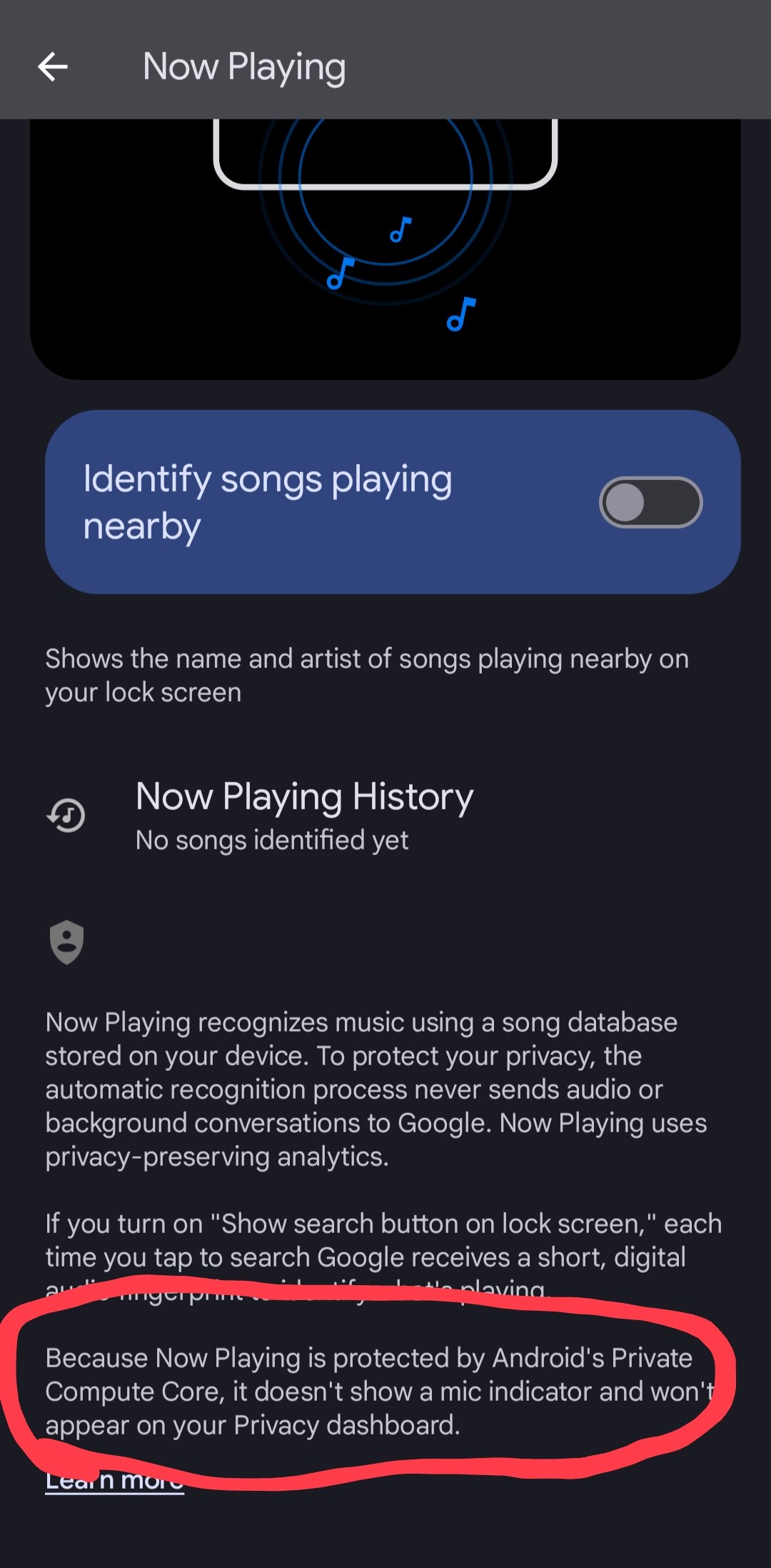

Keepass? No cross device support, you need to manage that yourself through something like Google Drive…


Keepass? No cross device support, you need to manage that yourself through something like Google Drive…


I’m using a Jellyfin server with Symonium on android. It’s almost as good as plexamp, but sadly not available on other platforms. Symfonium will work with any media player that uses subsonic. My current jellyfin implementation is http with a VPN for external use.


I’m running the recognize app on nextcloud which I think requires at least 4-5 GB RAM, so I have 6 dedicated to that VM. I’m pretty sure the recommendation for Ubuntu in general was 2 GB RAM so I gave my pihole half that. Home assistant wanted 4 GB, but I gave it 2. I think my Jellyfin server has like 6 and I have another VM with like 4. So that’s a total of like 19gb RAM provisioned. Plus I have a 2 TB zfs pool for my nextcloud VM. When I go into proxmox it tells me I’m using like 29.5 GB.
I suspect if someone was using docker or some other sort of containerization one could expect better performance than what I am getting with VMs.


I recently upgraded my homelab/self-hosting server from an old Dell T410 with dual X5650’s (2 - 6 core/12 thread CPU) and 24 GB ram to an old Dell Optiplex (7020 I think) with an i5-4590 (4 core/4 thread) and 32 GB ram. Its barely enough for a proxmox host with 5 VMs; but way faster than the old T410.
If you are offering some sort of self-hosting box, would it be bundled with some sort of software for someone to easily spin up whatever services they want?
Are you going to be able to make money at the $150 mark with all this hardware and configuration? If you are targeting people who are new to self-hosting, it will need to be a complete package (will need to have ram and storage installed).


I’m currently hosting like 5 vms on a proxmox host (mostly ubuntu vms- pihole, nextcloud, home assistant, etc), which is an i5 4590 with 32 gb ram and I’m running up against the limits of how much ram I can provision and if 2 or more of my vms are doing something intensive at the same time I’m pinning the CPU. I don’t think my use-case is that crazy for someone doing a little self-hosting.


Dual Core ARM Cortex-A7 processor running at 1GHz
1GB DDR3 RAM memory
Doesn’t seem like you could self-host a whole lot with that…


I admire the thought of lowering the barrier to entry to start self-hosting for “normies”. Not sure where you are located, but where I am, this price point is not realistic even for used equipment, not including RAM or storage. I’m not really sure what value add you are bringing to the table that one wouldn’t get from just buying used hardware from an office surplus and if one is very inexperienced in self-hostong, looking into something like LTT is partnered with like Hexos.


Especially copyright


What other apps use Google’s “Android Private Compute Core” and therefore don’t show mic or camera usage notifications? Not trying to sound all tinfoil hat here, but seriously: can apps other than those from Google use the “Android Private Compute Core”? Even if only Google’s own apps can use the “Android Private Compute Core”, we can’t see the source code for Google’s apps as (far as I know, anyway) they are not open source. If an app is not open source, we do not really know what the app is doing in the background; we’ll just have to take them at their word.


I’m not sure how other apps or android versions work. This is a flaw with the closed source software ecosystem.


Google’s “Now playing” feature constantly listens to what’s going on in the background to show you what songs are playing. They claim this is done with a local database of song “fingerprints”. The feature does not show the microphone indicator because: “…Now Playing is protected by Android’s Private Compute Core…”
I’m not saying that other, non-google, app do this to my knowledge; but the fact that this is a thing is honestly a bit scary.


Google’s “Now playing” feature constantly listens to what’s going on in the background to show you what songs are playing. They claim this is done with a local database of song “fingerprints”. The feature does not show the microphone indicator because: “…Now Playing is protected by Android’s Private Compute Core…”
I’m not saying that other, non-google, app do this to my knowledge; but the fact that this is a thing is honestly a bit scary.
Edit: screenshot of the “Now Playing” feature



What is jellystat?
Plus one for the gli.net router. I’ve got the Beryl AX and it’s great. Ended up going with a wireguard VPN rather than tailscale, but either would work.


Ive been pretty happy so far with roku and blocking stuff with pihole, but every day I am more and more tempted to build a media pc…


KDE bigscreen looks perfect for me. I know I have heard of it before but I will need to look a bit more in depth at it.
All I want is Roku, but FOSS, without the ads and tracking.


Well, not that shocked.
Personally I’d say if you’re coming from a Mac, go Pop!_OS. If you’re coming from Windows, go Linux mint. Both have the option to run from a USB to test before installing.